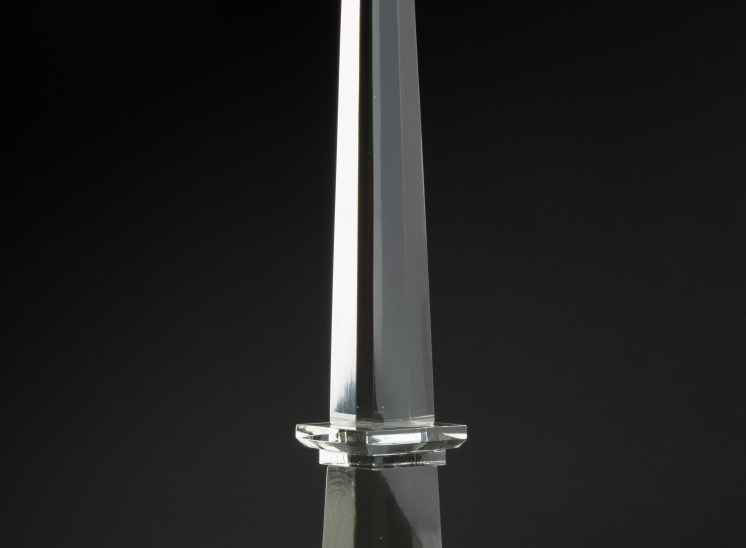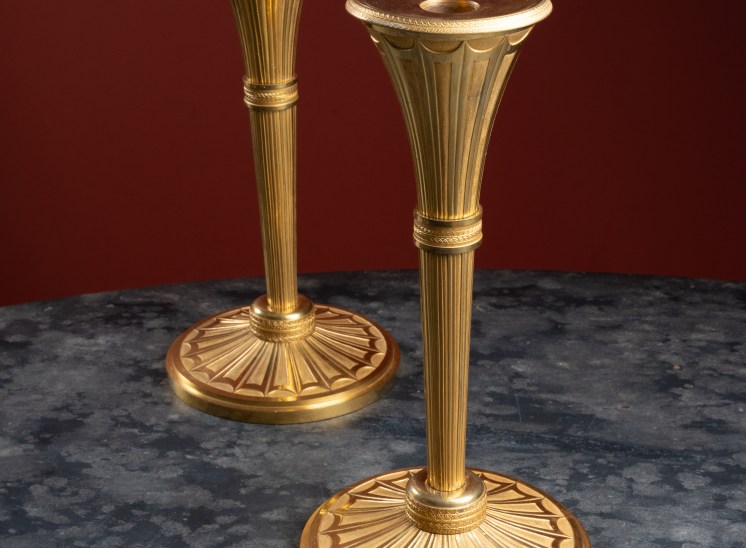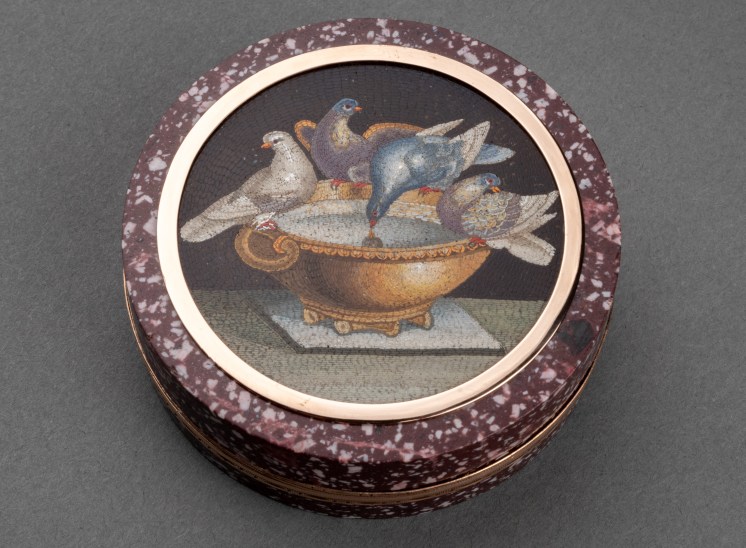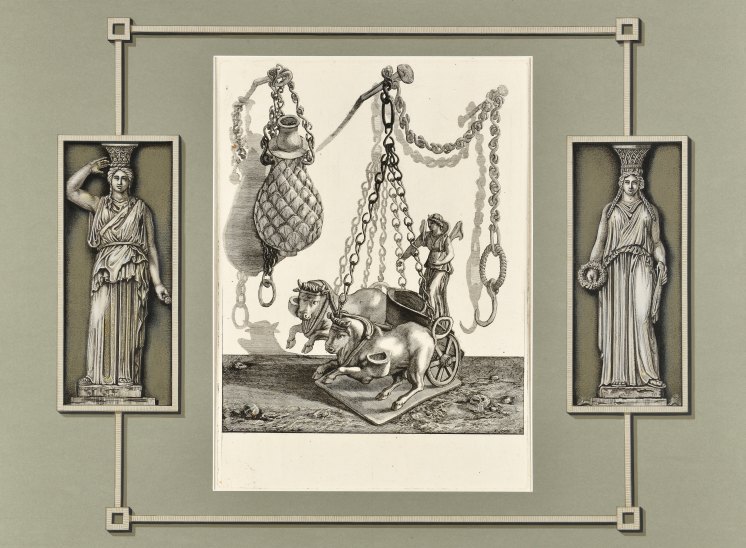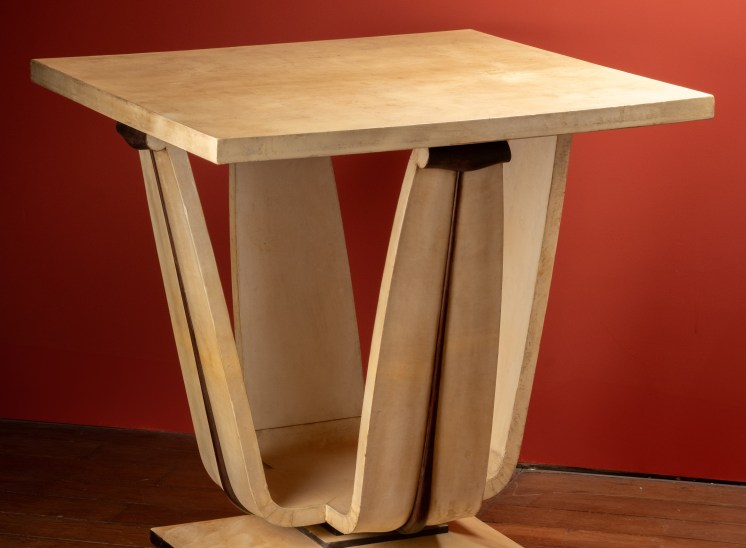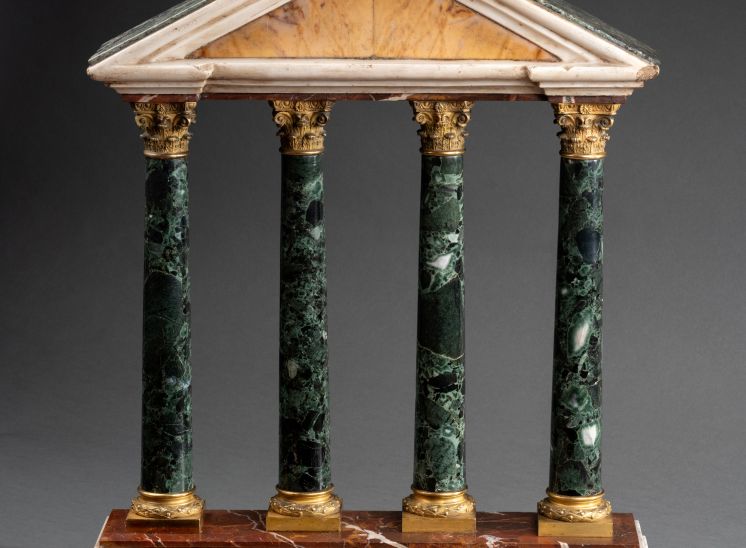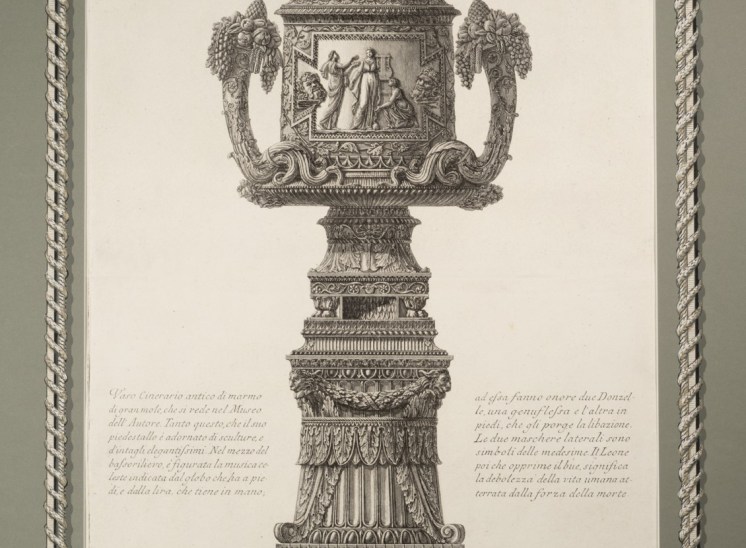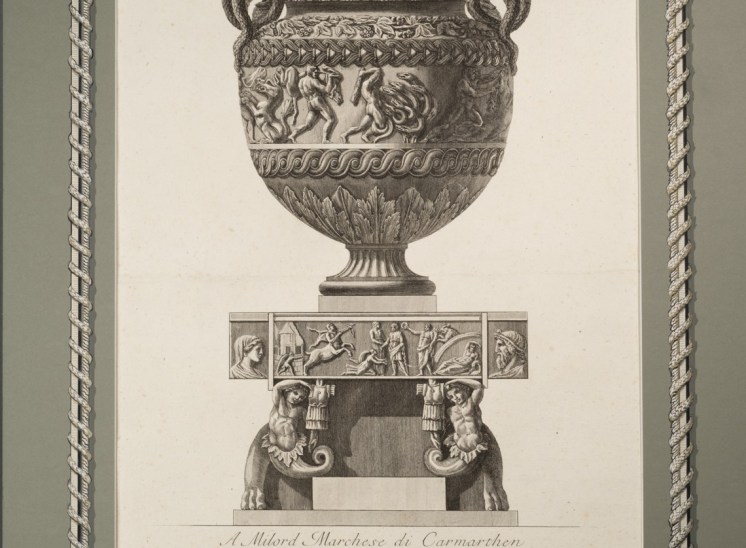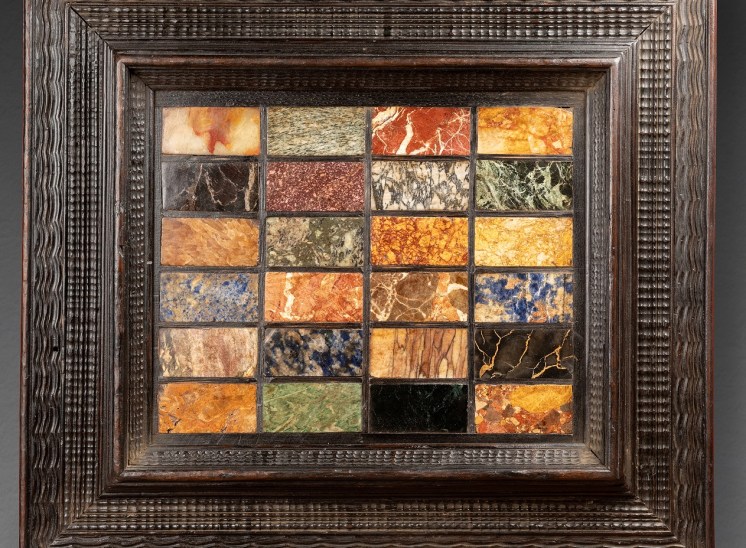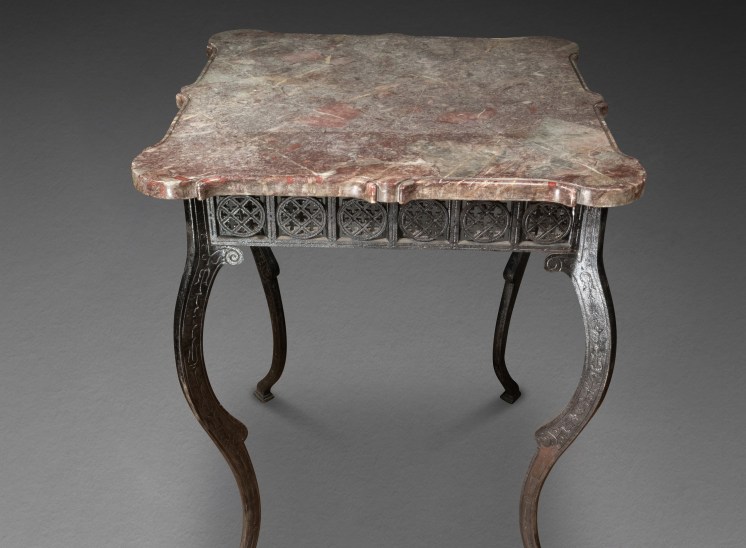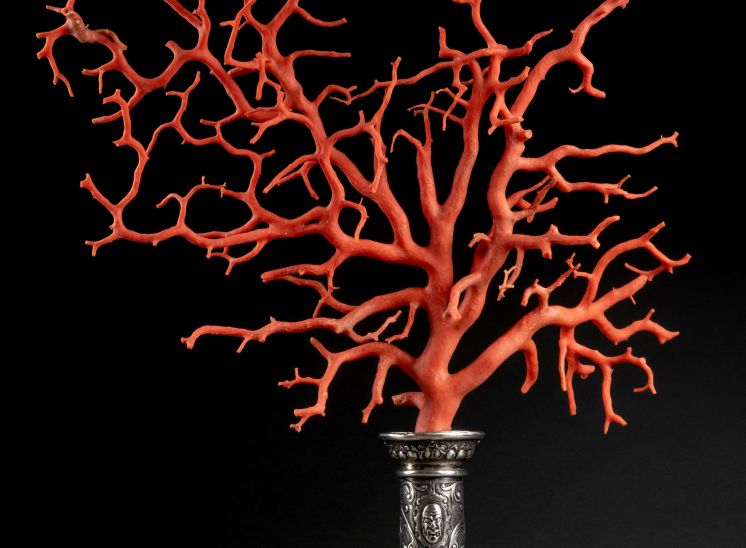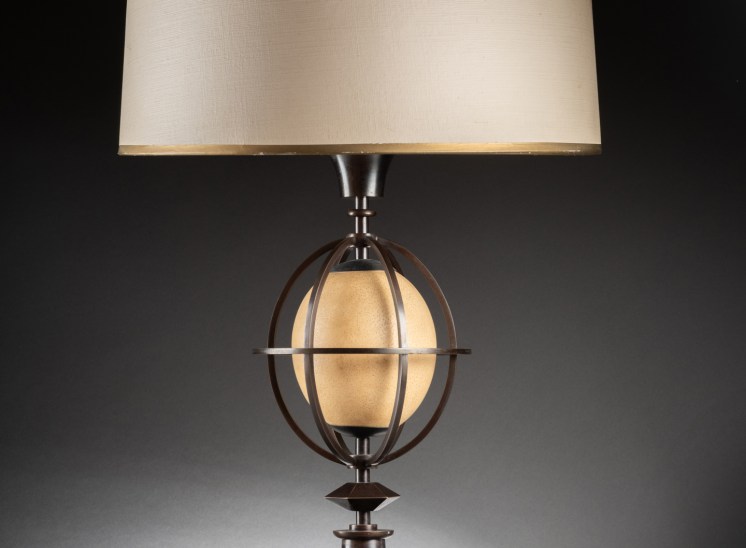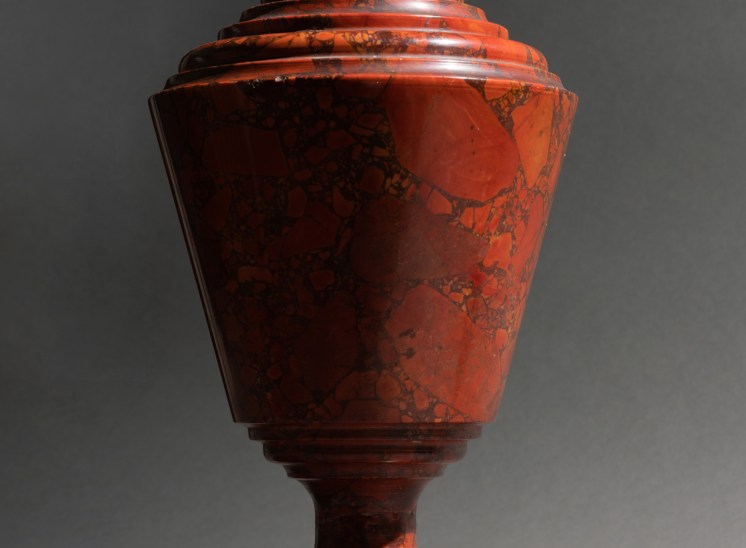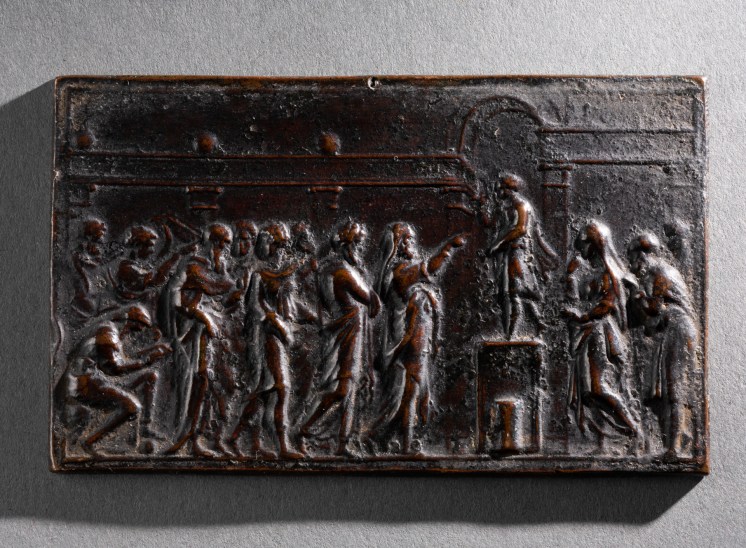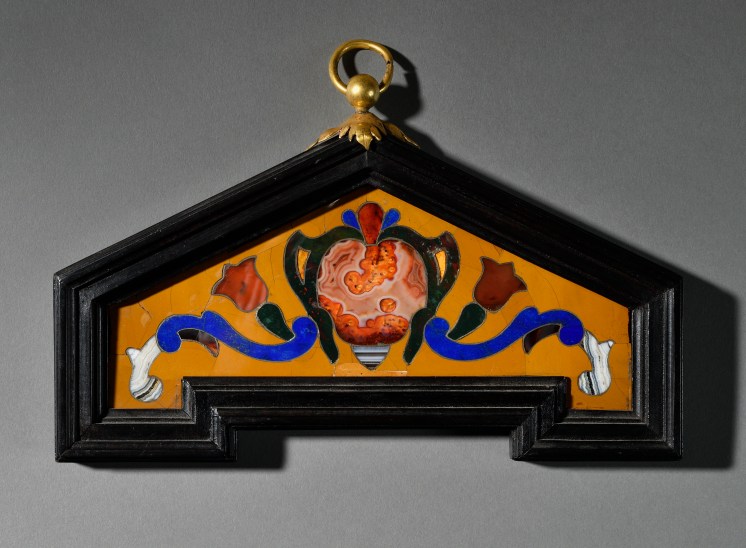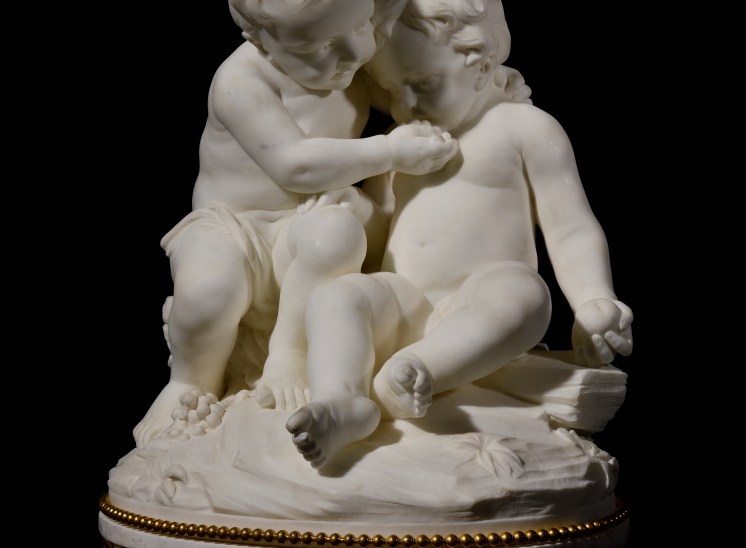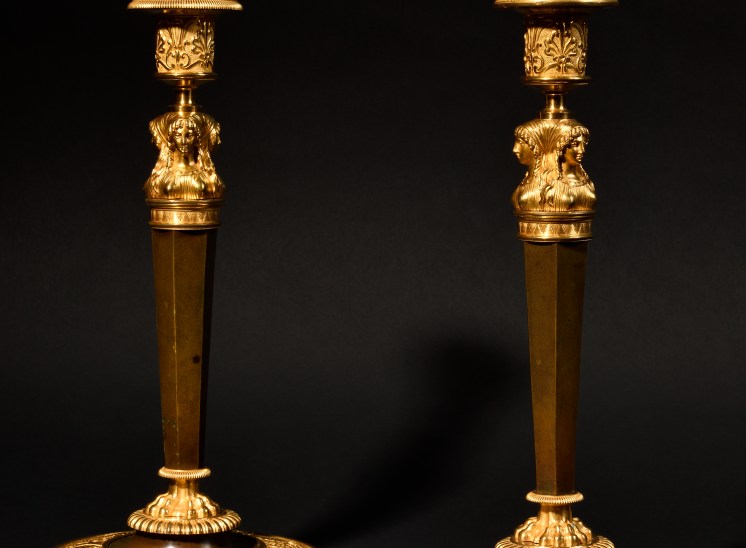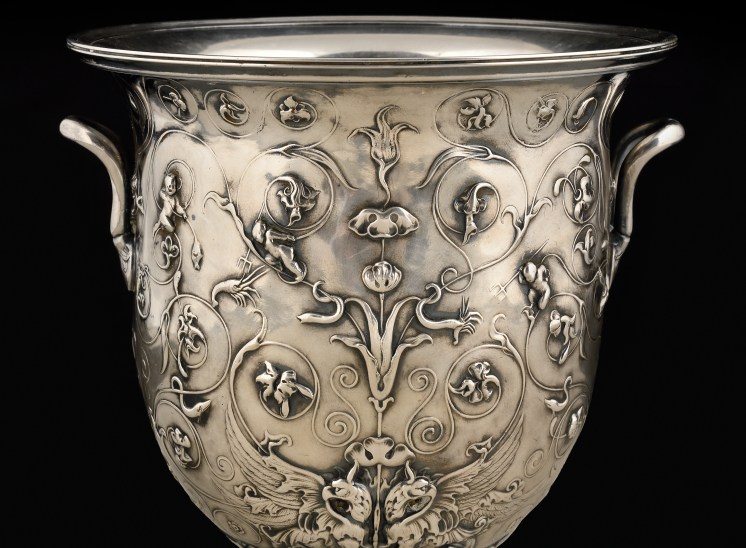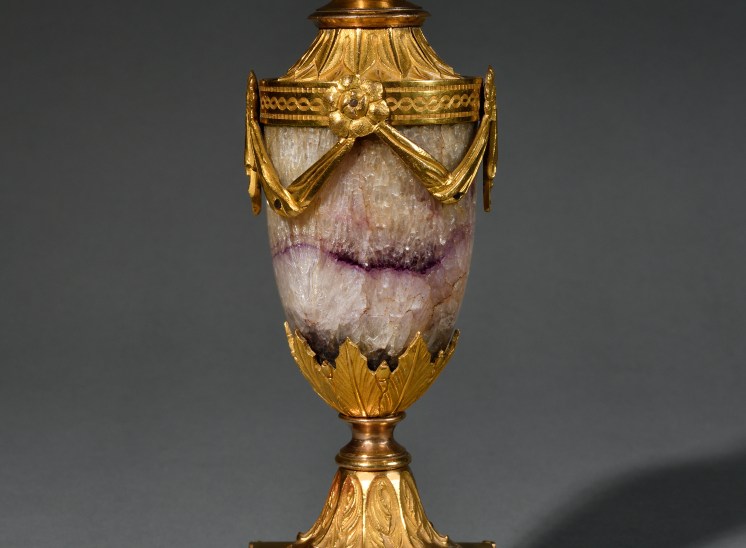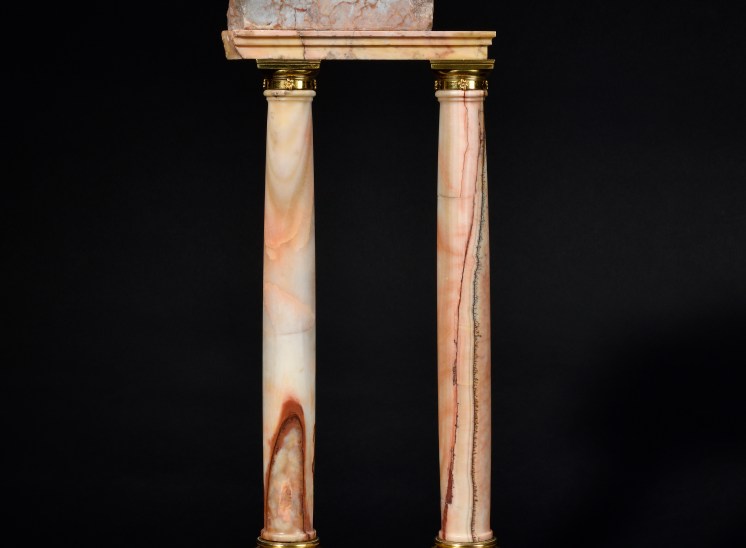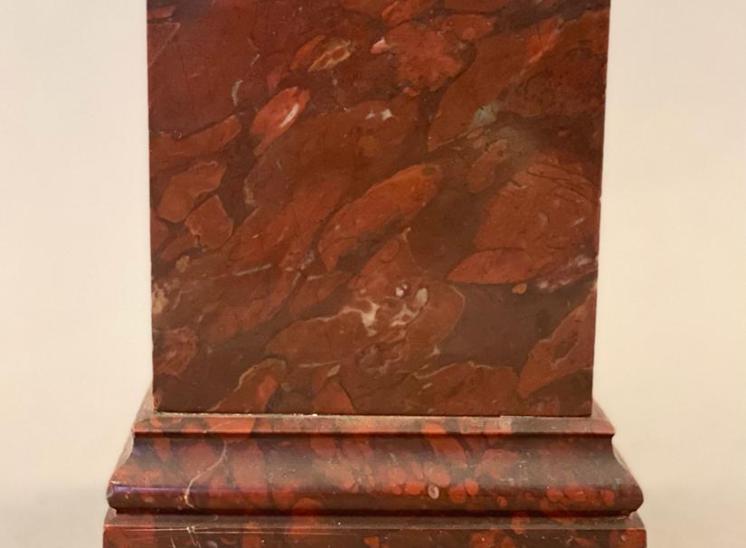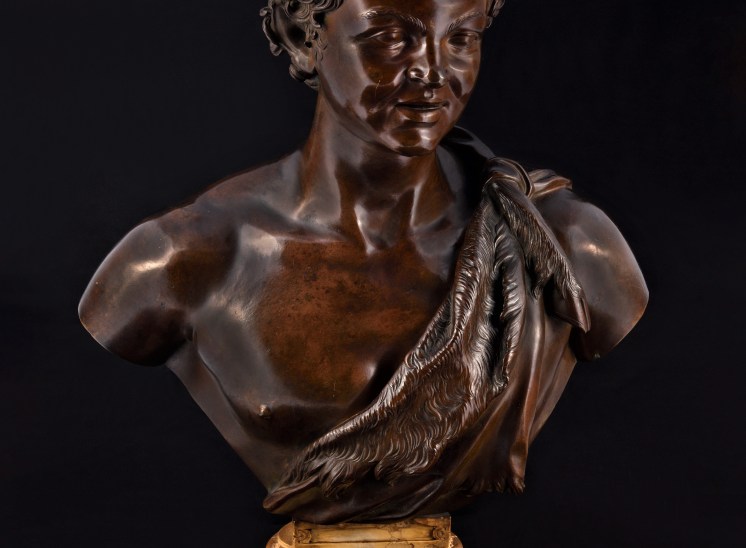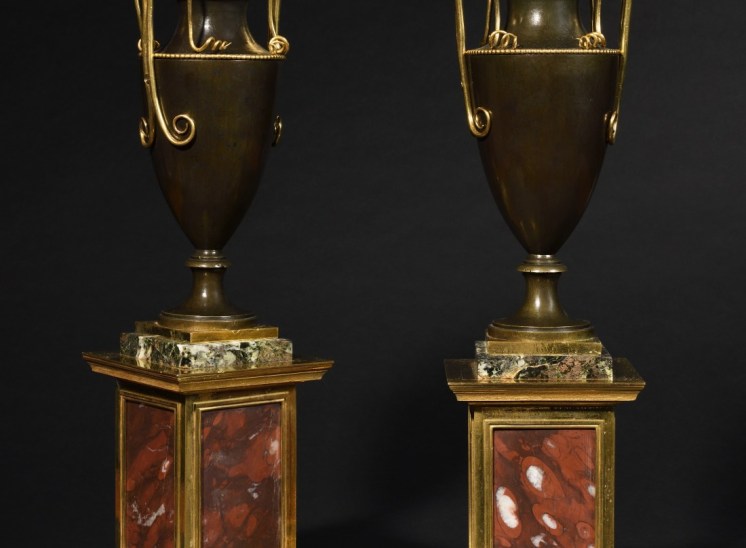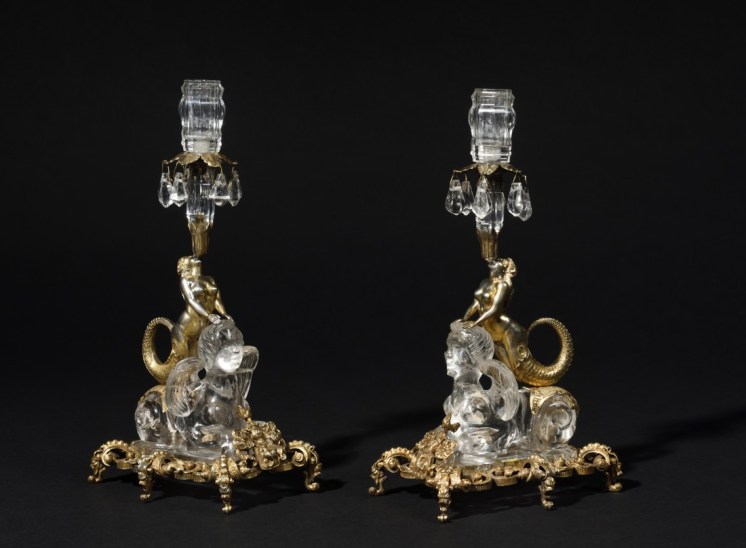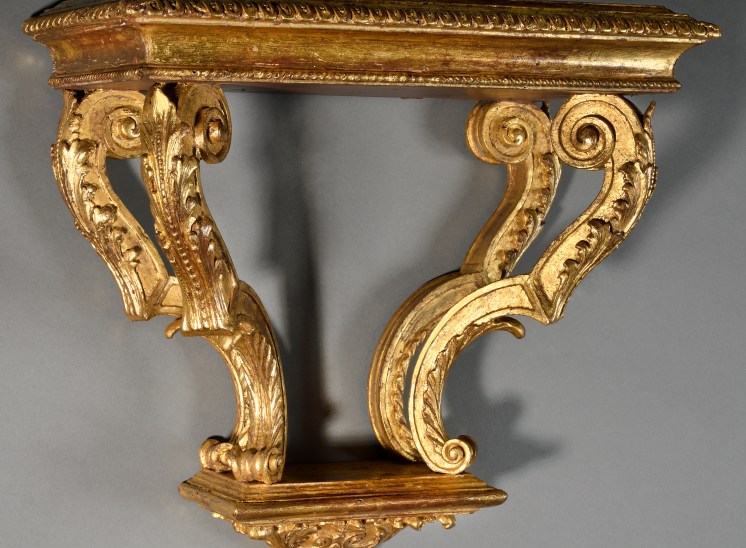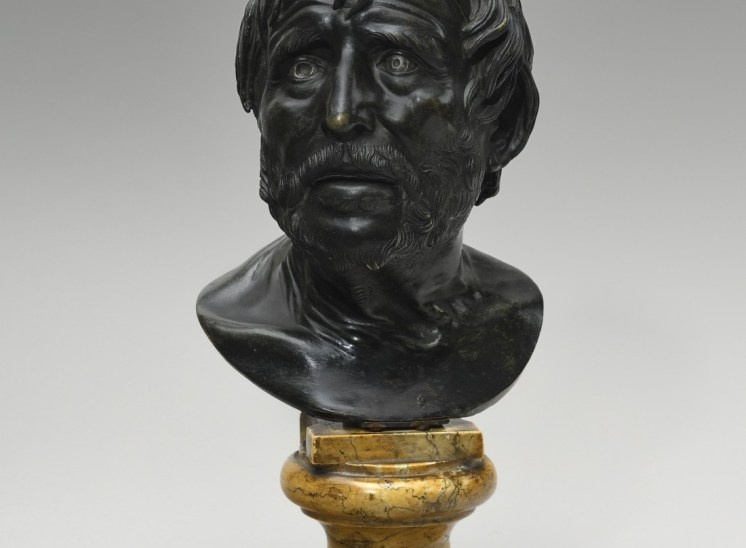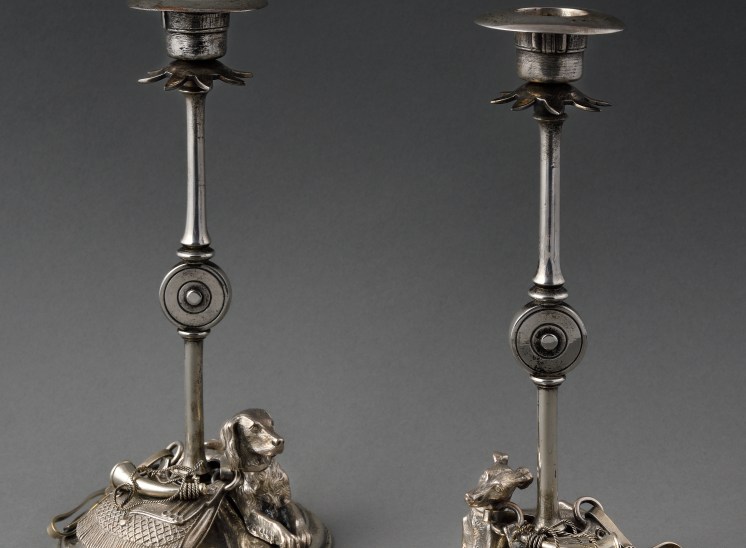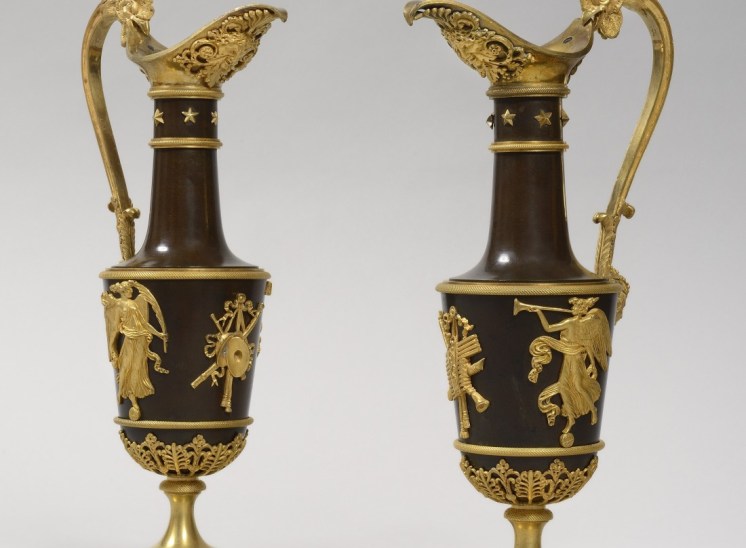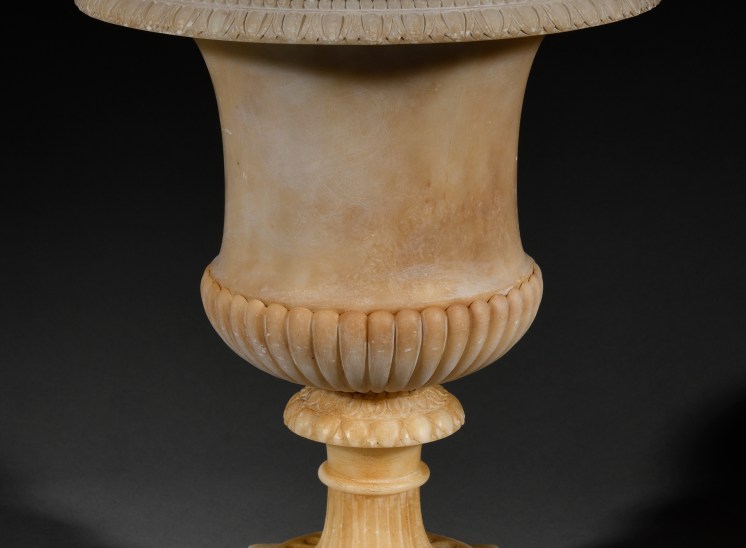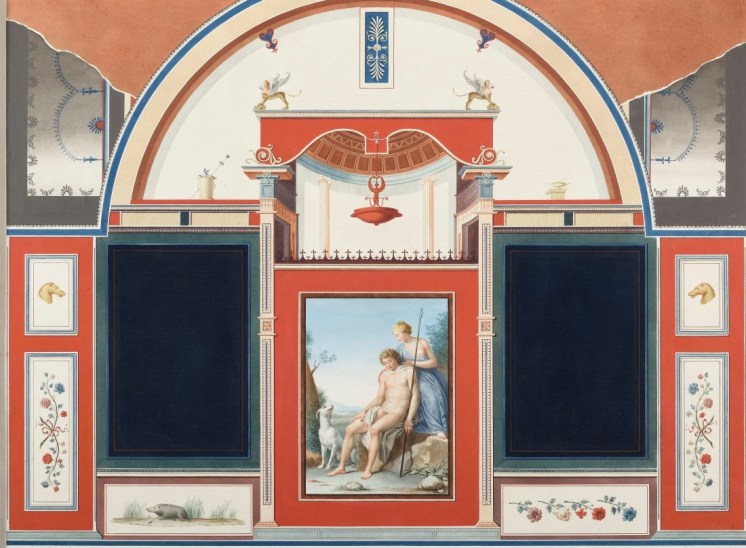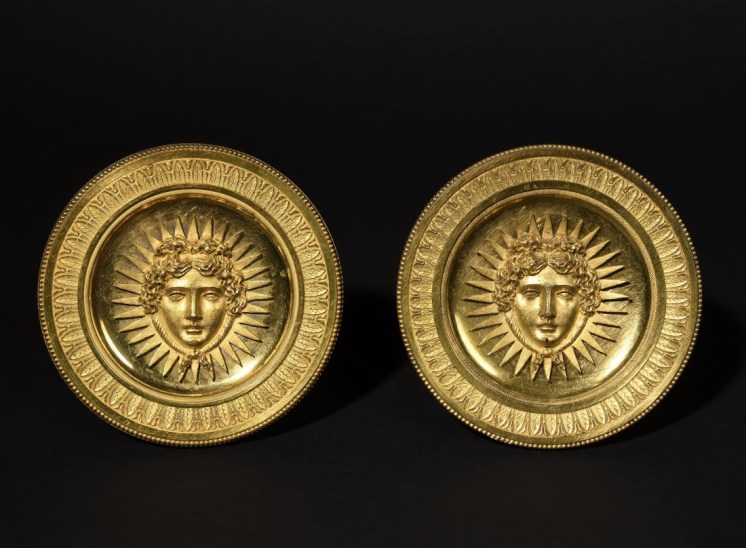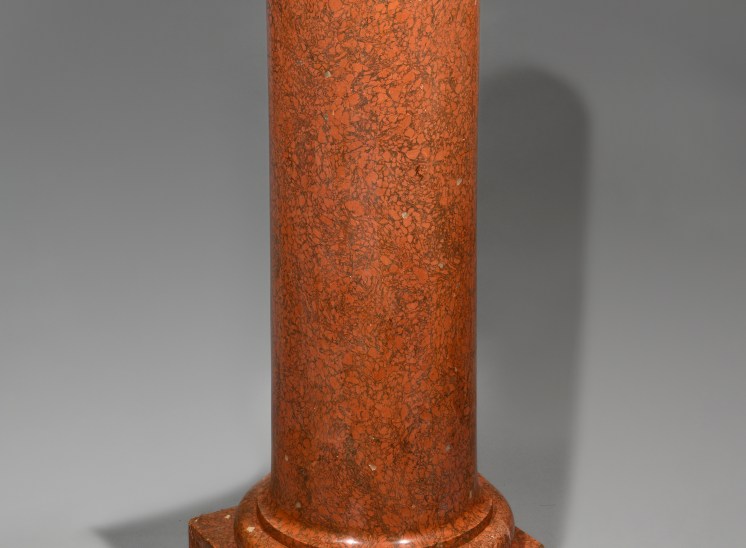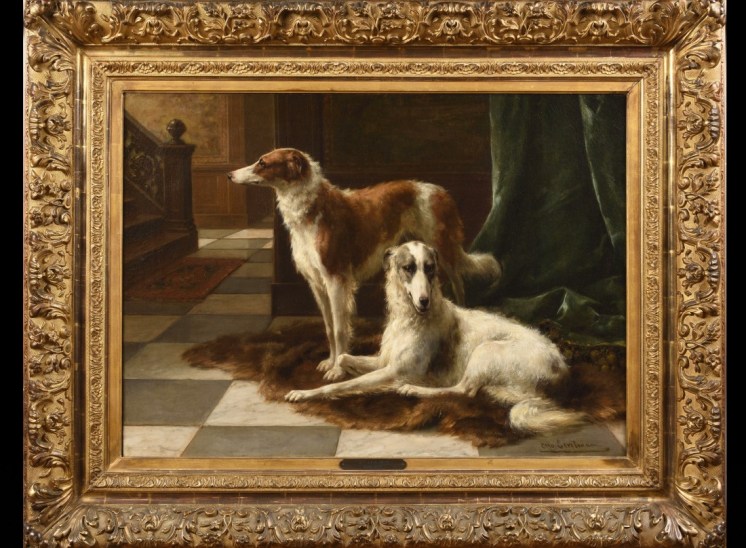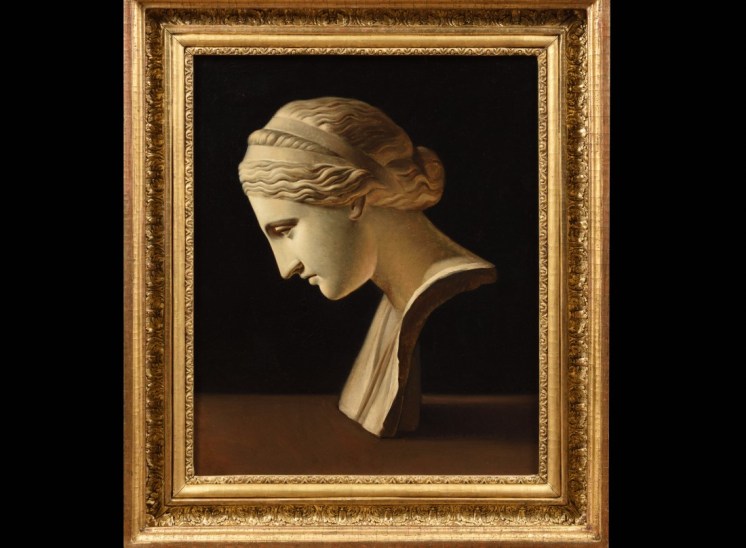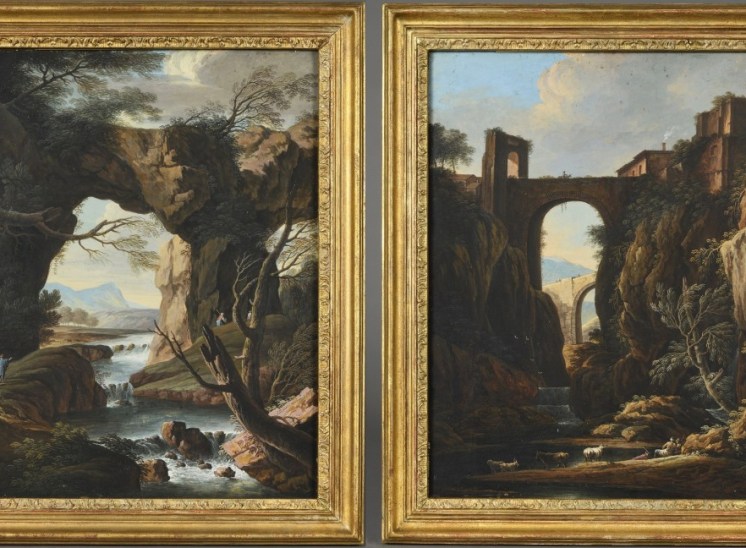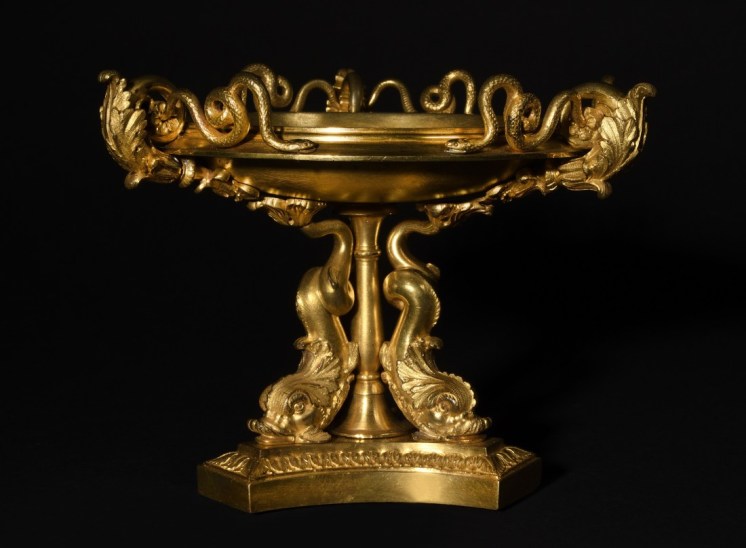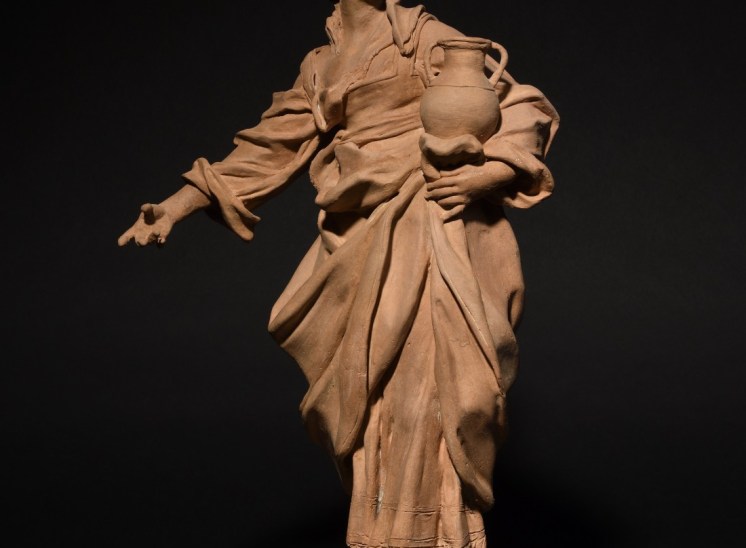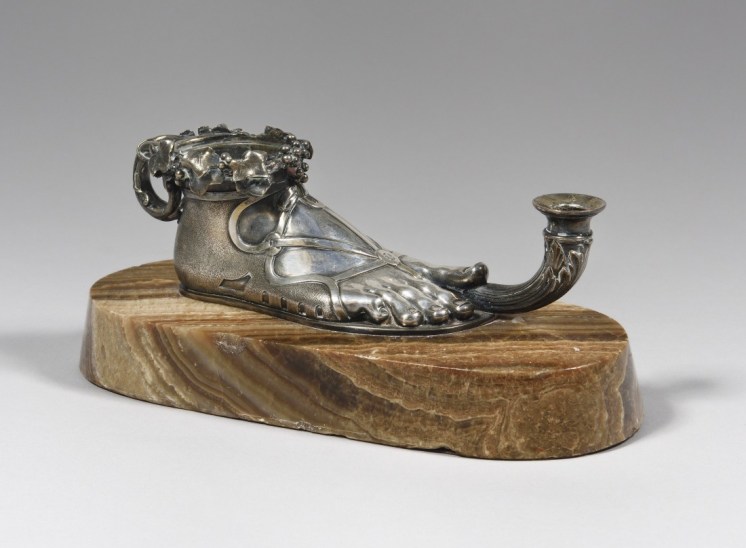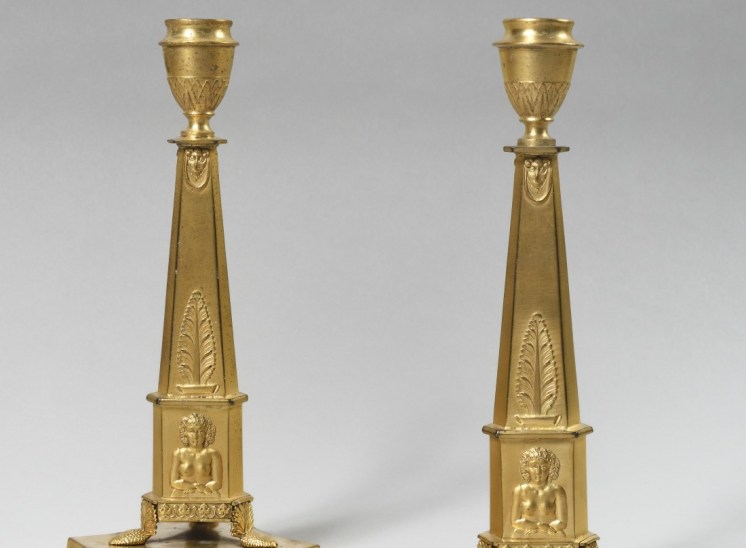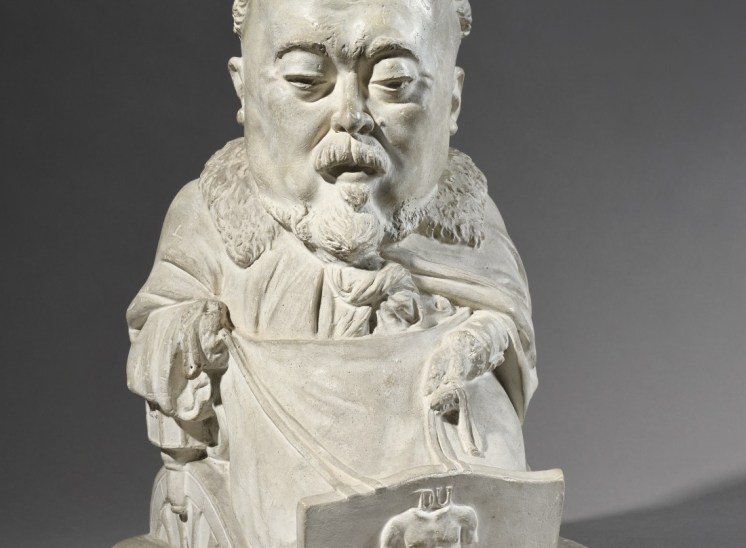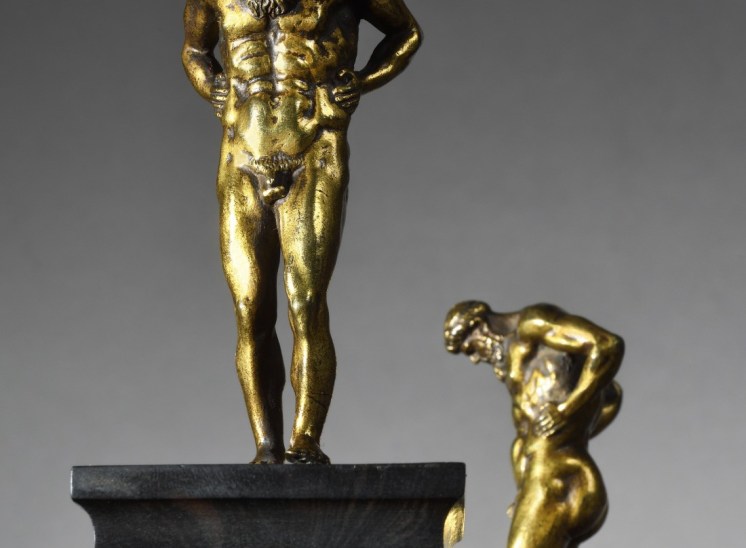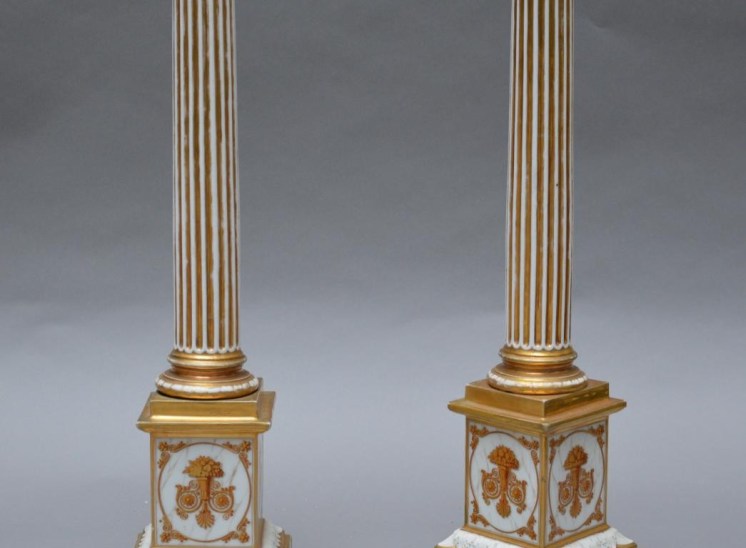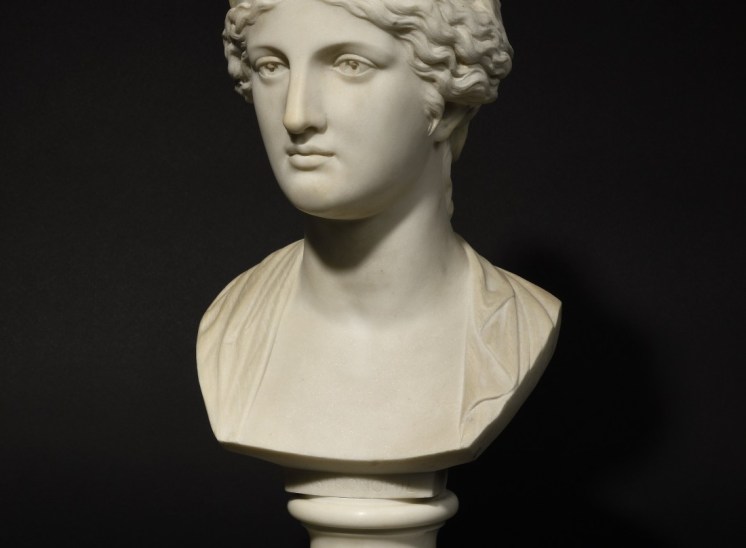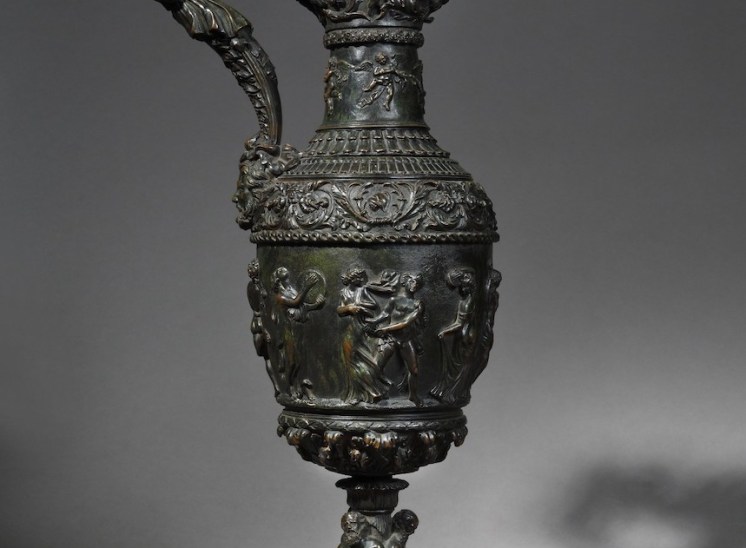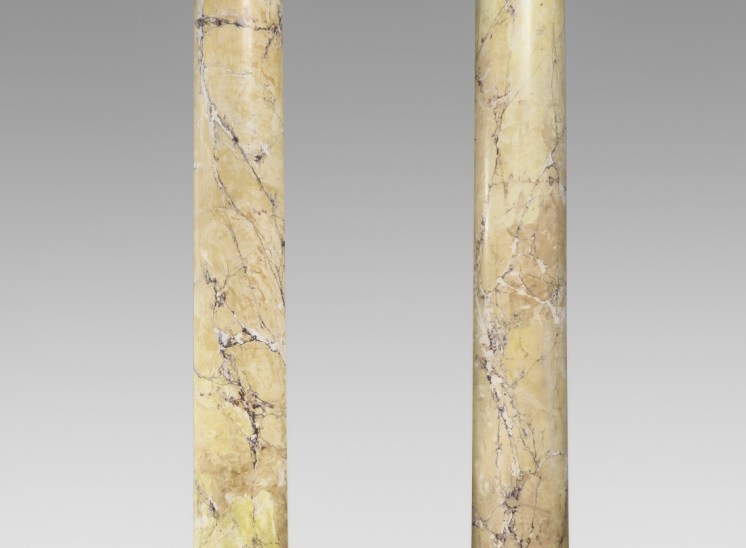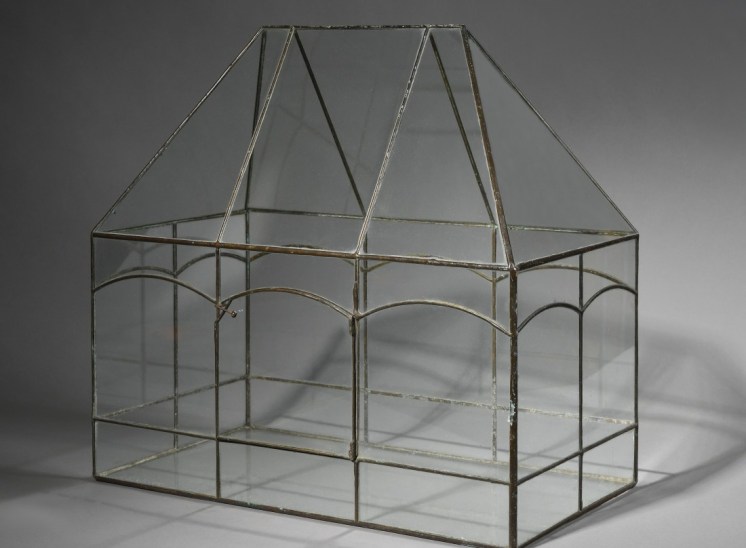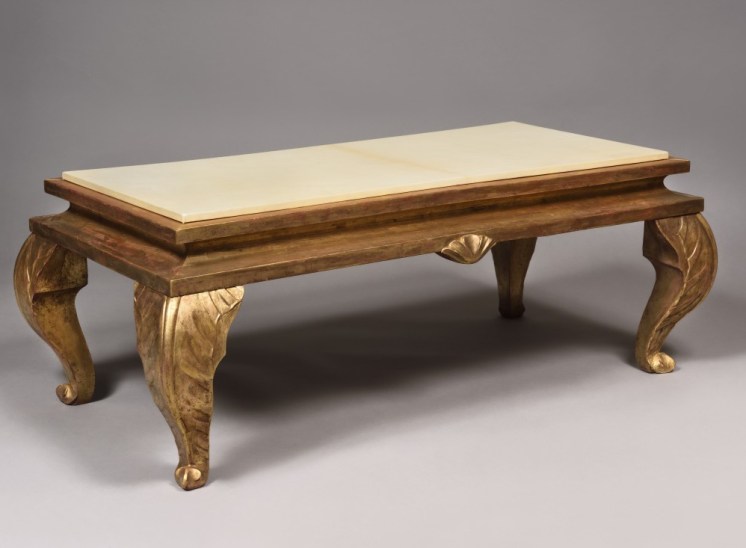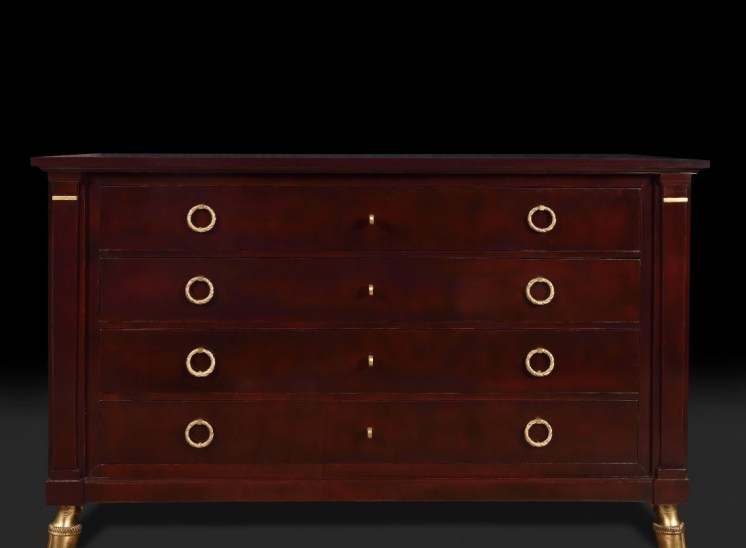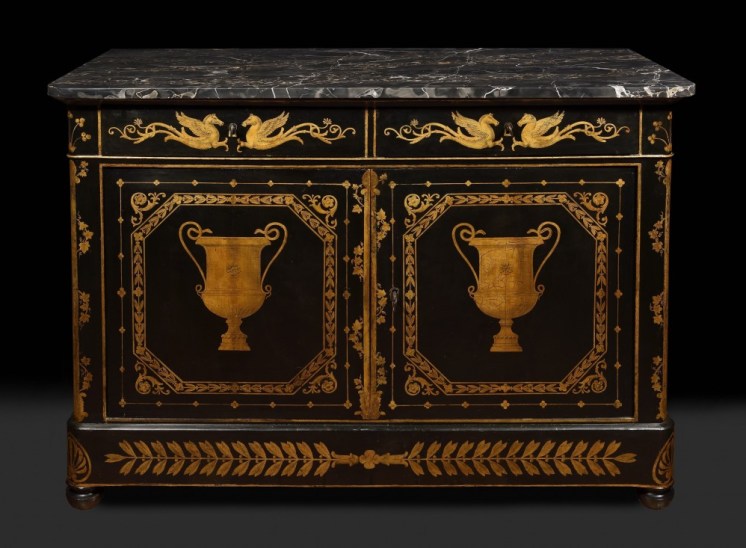Angelo Campanella (1746-1811).
Two engravings after the surveys of Anton Raphael Mengs et Anton von Maron (2 and 4).
Engravings handcoloured.
Late 18th century.
Height 83 cm
Length 92 cm
Frame included
Two centuries ago the discovery of Roman wall-frescoes in the Villa Negroni on the Esquiline Hill, caused particular interest as the first of such decoration to be discovered in Rome since the excavations at Pompeii and Herculaneum. The finding of the Emperor Antoninus Pius' house in 1777 was made by Cavalier J.N. de Azara, Minister to Rome of Carlos III of Spain.
The King's artist, Anton Raphael Mengs (d.1790) was employed to copy the frescoes for a publication instigated by the architect Camillo Buti; as they no longer survive it was fortunate that he specified that the copies should be made 'With the most scrupulous exactness... so that one can form an idea of the taste of the ancients in this type of mixed ornamental and figural painting'. Plans, descriptions of the 'antique rooms' and two of Angelo Campanella's hand-coloured engravings of the 'Arabische' frescoes, featured in the first part of his Manifesto, 1778. The twelfth plate was not published until 1802, and while Mengs completed the first three paintings, the remainder were executed by Anton von Maron, his brother-in-law.
In 1778 the connoisseur Frederick Augustus Hervey, 4th Earl of Bristol and Bishop of Derry (d. 1803), contemplated the building of a villa 'Tusculum', inspired by the Villa Negroni, at his County Derry property, and involved in the scheme the architect Sir John Soane, who was then in Rome. Soane purchased some of the Buti plates, which were to influence the architecture of his own London house in Lincoln Inn's Fields, but it was the acquisition of the first eight plates for £2.8.0. at Christie's sale of the 1st May 1796, that served as vibrant wall-decoration in his Libary/Breakfast Parlour. They featured as lot 21: 'The paintings of a house of Antoninus Pius discovered in the villa Negroni, beautifully executed in colours on 8 sheets, by Camillo Buti', and were illustrated in an engraving of Soane's Parlour made in 1813 (see H. Joyce, 'Ancient Frescoes from the Villa Negroni', Art Bullitin, Sept. 1983, pp. 423-40).Another serie of Campanella plates can by find in the collection of the V&A and at the British Museum.



